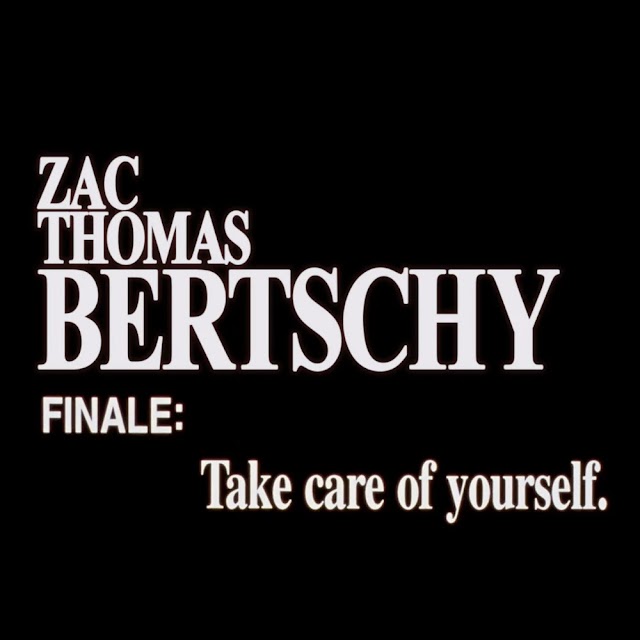Hello, all you Comic Book Guy.com fans! I am Jaya Lakshmi, co-reviewer on the website and aspiring cartoonist. If you want to read about my stories, go to pseudonymousfictionwriter.blogspot.com to see my progress at getting published (none). If you want to read my webcomic, wait till March 2009- then go to alamode.smackjeeves.com. If youwant to simply hear my thoughts on comics, stay here.
My opinion on For Better or For Worse- Lynn Johnston's decision to continue the strip as it used to look in the beginning disappointed.
Kevin nailed the exact reasons why I read the comic every day, even though everyone in my family dislikes it- Mrs. Johnston gives us characters to care about. No matter how corny the situation, no matter how unfunny the punchline, she gave us a reason to catch up on the storyline.
However, I'm a firm believer in endings. I believe that a writer should create as many stories as they can. A comic strip I'm more flexible with since a comic strip can contain several stories. However, it seems that most cartoonists put their effort into one comic or comic strip. (Exceptions such as Craig Thompson, Scott Kurtz, Marjane Satrapi, and Alison Bechdel exist, however.) Some even put their whole life into one comic, such as Charles Schulz. Some people may see it as a safety; I see it as a rut.
I understand why cartoonists end up in the creative rut. Original character designs don't occur overnight. Multiple stories may repeat themselves. Writers with single hits burn out, like Takeuchi, or get frustrated with the medium's limits, such as Bill Watterson. Not to mention how much time should be invested in art and story in order to make it a classic.
However, writers must try to escape the creative rut in order to stimulate their minds. If they can, they should challenge themselves to surpass their previous successes. Maybe the graphic novel lingering in my head will be remembered more than the comic strip going up in March. DaVinci created several memorable paintings, as Michelangelo did when he painted the Sistine Chapel and carved David. These men, as well as their predecessors and rivals, worked under commissions from nobles; many could not afford a burnout.
Kevin and I may discuss this issue then: how much time and effort should a person put into his or her artwork, be it a comic strip, a novel, or a sunken relief etched in limestone? I say as much as they can without ruining their lives, but I'm also willing to hear other opinions.
A Brief Introduction- and a Brief Comment on Lynn Johnston
Jaya Lakshmi
5:38 AM
Popular Posts
Featured Post
 Editorial
Editorial
ANNCast Pays Tribute to Zac Bertschy in Final Episode (My Feelings Are Still Mixed)
Kevin T. Rodriguez
8:23 AM
When Zac Bertschy died fans of Anime News Network's famous ANNCast podcast had…
Follow Us on YouTube!
Digital Comics
Random Posts
3/random/post-list
Comic News
3/news/post-list
Menu Footer Widget
Created By SoraTemplates | Distributed By GooyaabiTemplates




0 Comments